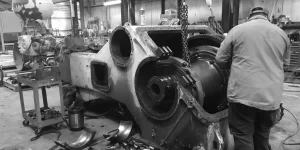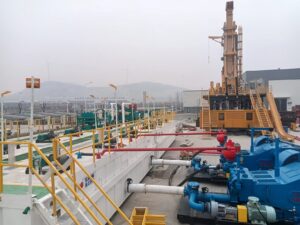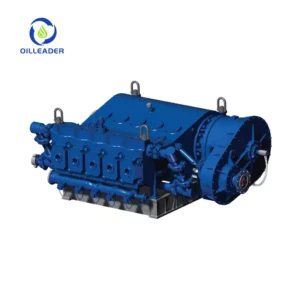Introduction
In the highly competitive oil and gas industry, operational efficiency and cost management are critical to success. With fluctuating oil prices and increasing environmental regulations, companies must adopt innovative strategies to minimize expenses while maximizing productivity. Equipment optimization stands out as a key area where significant cost savings can be realized. This article explores various strategies for optimizing equipment usage and maintenance, providing detailed insights into how these approaches can lead to substantial financial benefits.
1. Implementing Predictive Maintenance
Predictive maintenance involves using data analytics and sensor technology to monitor the condition of equipment in real-time. By analyzing this data, companies can predict when a piece of equipment is likely to fail and perform maintenance just in time to prevent breakdowns.
- Benefits:
- Reduced Downtime: By addressing issues before they lead to equipment failure, companies can significantly reduce downtime.
- Lower Maintenance Costs: Performing maintenance only when necessary helps in avoiding unnecessary maintenance tasks and costs.
- Extended Equipment Lifespan: Predictive maintenance ensures that equipment is maintained in optimal condition, prolonging its useful life.
2. Utilizing Energy-Efficient Equipment
Energy consumption is a major operational cost in the oil and gas sector. By investing in energy-efficient equipment, companies can reduce their energy bills and carbon footprint.
- Benefits:
- Cost Savings: Energy-efficient equipment consumes less power, leading to lower energy costs.
- Environmental Impact: Reducing energy consumption helps in minimizing the environmental impact, aligning with global sustainability goals.
- Operational Efficiency: Energy-efficient equipment often performs better and requires less maintenance.

3. Optimizing Equipment Utilization
Optimizing the use of equipment involves ensuring that all machinery operates at peak efficiency and is used only when necessary.
- Benefits:
- Increased Productivity: Optimal equipment utilization ensures that operations run smoothly and efficiently.
- Reduced Wear and Tear: Using equipment only when needed reduces unnecessary wear and tear, extending its lifespan.
- Cost Reduction: Efficient use of equipment leads to lower operational costs.
4. Implementing Asset Management Systems
Asset management systems provide a comprehensive overview of all equipment, helping companies track usage, maintenance schedules, and performance metrics.
- Benefits:
- Enhanced Tracking: Asset management systems enable better tracking of equipment usage and performance.
- Improved Decision Making: Access to real-time data allows for informed decision-making regarding equipment maintenance and replacement.
- Cost Efficiency: Efficient asset management reduces the likelihood of equipment failures and associated costs.
5. Training and Development
Investing in the training and development of employees ensures that they are well-equipped to operate and maintain equipment efficiently.
- Benefits:
- Improved Skills: Skilled employees are better at identifying and addressing potential issues before they become serious problems.
- Enhanced Safety: Properly trained employees are more likely to follow safety protocols, reducing the risk of accidents and equipment damage.
- Operational Efficiency: Well-trained staff can operate equipment more efficiently, leading to cost savings and improved productivity.
6. Leveraging Technology for Equipment Monitoring
Advancements in technology, such as the Internet of Things (IoT) and big data analytics, have revolutionized equipment monitoring and management in the oil and gas industry.
- Benefits:
- Real-Time Monitoring: IoT devices can provide real-time data on equipment performance, enabling proactive maintenance and optimization.
- Data-Driven Insights: Big data analytics can identify patterns and trends in equipment usage, helping companies make informed decisions about maintenance and operations.
- Cost Reduction: By leveraging technology, companies can reduce maintenance costs and improve overall equipment efficiency.
Conclusion
Equipment optimization is a powerful strategy for achieving cost savings in the oil and gas industry. By implementing predictive maintenance, utilizing energy-efficient equipment, optimizing equipment utilization, implementing asset management systems, investing in employee training, and leveraging technology for equipment monitoring, companies can significantly reduce operational costs while improving efficiency and productivity. As the industry continues to evolve, these strategies will play a crucial role in maintaining competitiveness and ensuring long-term success.







